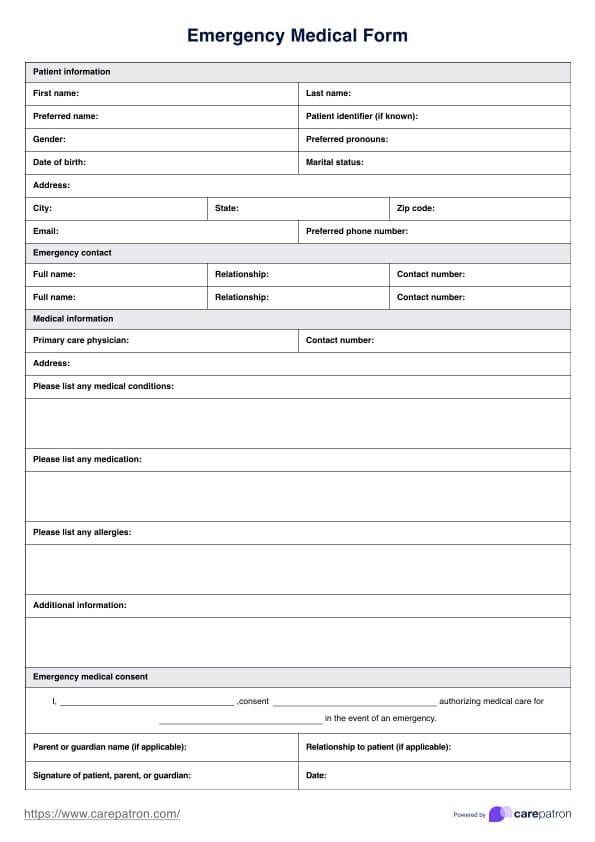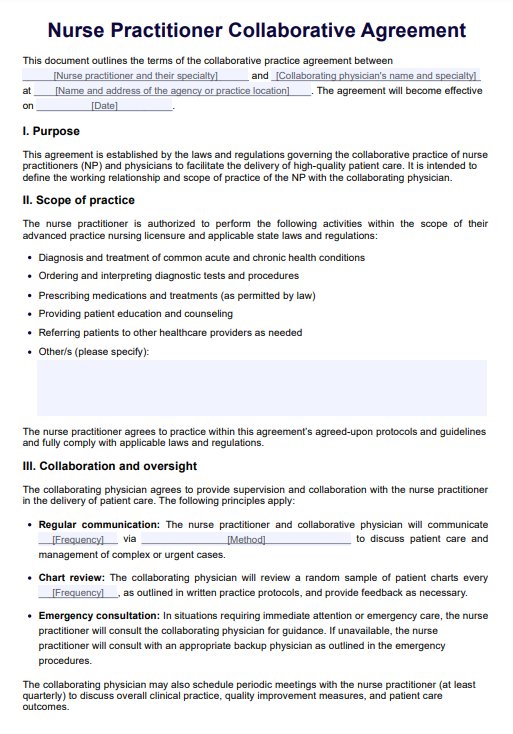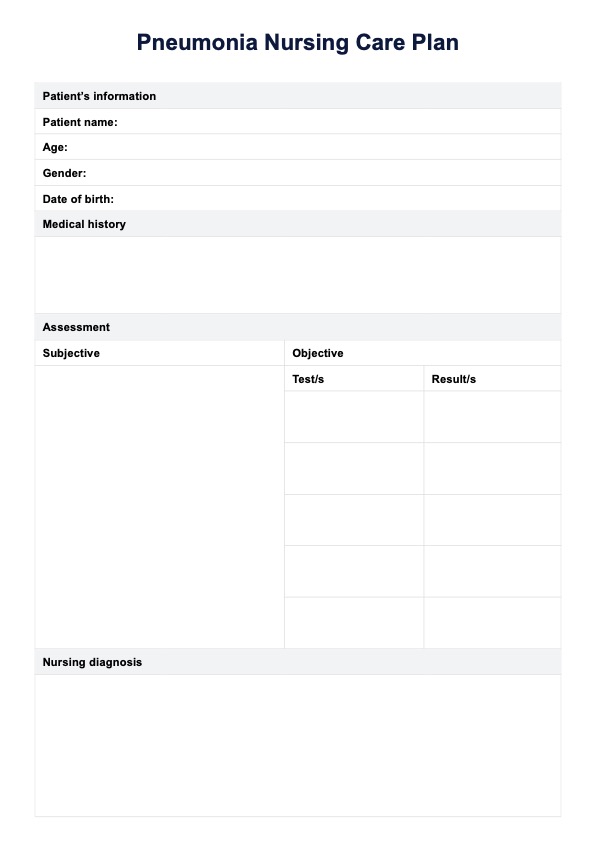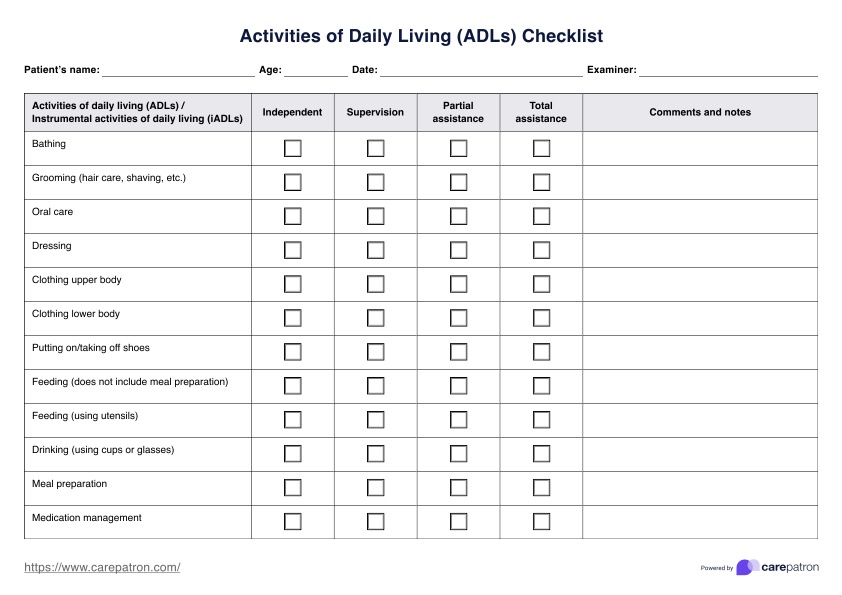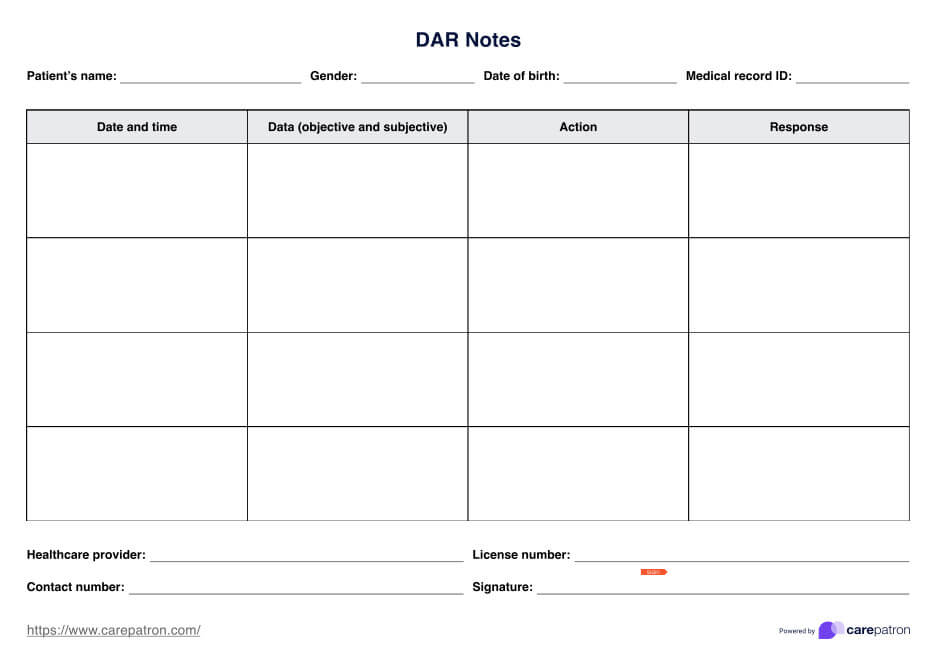Food Tracker
Help clients efficiently manage their diet with our Food Tracker. This tool is ideal for health tracking and nutritional analysis.


What is a Food Tracker?
Life gets busy, and keeping track of every meal isn’t always a priority. Many people only start paying attention when they notice unexpected weight changes, allergies, or health concerns and wonder what’s causing them. That’s where food tracking comes in.
Food tracking helps identify patterns in eating habits, nutrient intake, and potential triggers for health issues. A Food Tracker is a simple yet convenient tool for logging daily meals, snacks, and drinks to gain a clearer picture of overall nutrition. Think of it like a food journal, where clients can record what they eat each day, including macros like protein, carbs, and fats. This kind of tracking helps clients stay accountable, make healthier choices, and work toward specific diet or fitness goals.
A Food Tracker is especially useful for those managing weight, allergies, or medical conditions that require careful meal planning. Whether digital or on paper, a tracker gives clients the insights they need to improve their eating habits in a way that fits their lifestyle.
Food Tracker Template
Food Tracker Example
How does this Food Tracker PDF work?
Similar to a food diary or food log, our Food Tracker aims to help clients track their meals, macros, and overall nutrition. Whether your clients want to lose weight, develop healthy habits, or improve their diet for specific health goals, this tracker provides a structured way to monitor intake. Follow these steps to guide your clients in using it effectively.
Step 1: Download the template
To begin using the Food Tracker, you can click on "Use template" or "Download" on this page. Click on "Use template" to open and modify it within the Carepatron platform, or click "Download" for a fillable PDF. You may also recommend pairing it with a calorie counter, macro tracking app, or fitness logging tools like an Apple Watch for more accurate tracking.
Step 2: Fill in the name and date
Before logging meals, have your client enter their name and the week’s start date. This simple step helps maintain consistency and makes it easier to reference progress in weight loss apps or during nutrition coaching sessions.
Step 3: Log meals and snacks daily
Encourage your client to record everything they eat, including beverages and snacks, under the appropriate meal sections. A detailed food tracker helps them analyze nutrition intake and build healthy eating habits.
Step 4: Track macros for each meal
Have your client enter calorie, carbohydrate, protein, and fat values for each meal. If they need guidance, suggest using a macro tracking app to ensure accurate calorie tracking. Calorie counting helps by tracking energy intake, allowing individuals to manage their diet, achieve weight goals, and develop healthier eating habits.
Step 5: Review the weekly total and reflect
At the end of the week, help your client review their total macros and identify patterns. Use the notes section to discuss any necessary dietary adjustments.
When would you use a Food Tracker?
Sometimes, we don’t realize how much (or how little) we’re eating until we see it written down. A Food Tracker helps bring awareness to eating habits, making it easier to reach health goals. Here are three times when using it can be especially helpful:
When managing weight
Whether your client wants to lose, gain, or maintain weight, tracking food helps them stay on target. It offers a clear view of calorie intake and helps adjust portion sizes or meal choices as needed. By consistently logging meals, clients can make informed decisions that align with their weight goals.
When identifying food allergies or sensitivities
If a client experiences bloating, skin reactions, or digestive discomfort, a tracker can help pinpoint possible triggers. By logging everything they eat, patterns may emerge, showing which foods might be causing the issue. This information is valuable when discussing concerns with a healthcare professional or dietitian.
When balancing nutrition and macros
A Food Tracker ensures clients get the right balance of protein, carbs, fats, and essential nutrients. It helps them see if they’re eating too much of one thing (like sugar) or not enough of another (like fiber or protein). With this insight, they can make small, effective changes to create a healthier diet.
Benefits of using a food tracking template
Using a food tracking template makes it easier to stay on top of eating habits without the hassle of remembering every meal. Here are three key benefits of using one:
Keeps nutrition goals on track
A food tracking template helps clients stick to their health and fitness goals by providing a clear record of their daily intake. Whether they’re aiming for weight loss, muscle gain, or better overall nutrition, tracking meals helps them stay accountable. Seeing progress over time also keeps motivation high and makes adjustments easier.
Saves time and simplifies tracking
Instead of writing meals from scratch every day, a template provides a ready-made format to log food quickly. Clients can write down meals, snacks, and macros without overthinking, making food tracking more convenient. It reduces the chance of forgetting important details and keeps everything organized in one place.
Digital and easy to use
Many food tracking templates are available as apps or online tools, making them accessible anytime, anywhere. With our template, clients can quickly log meals for a seamless experience. For those who prefer a physical copy, printing our PDF copy is also an option, allowing your clients to track their meals by hand.
Commonly asked questions
Yes, many apps offer free calorie tracking. These free versions let users log meals, track macros, and monitor progress without a paid subscription.
You can create a food tracker using a notebook, spreadsheet, or printable template where clients record their daily meals and macros. Digital options like apps or online templates make tracking easier and more convenient.
Yes, keeping a food log is a great way to increase awareness of eating habits, track nutrition, and reach health goals. It’s especially useful for identifying patterns, managing weight, and addressing dietary concerns.






































































































